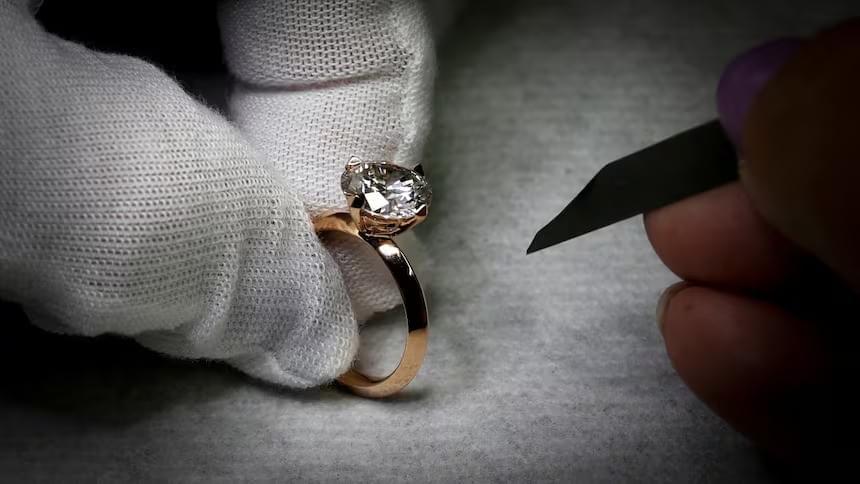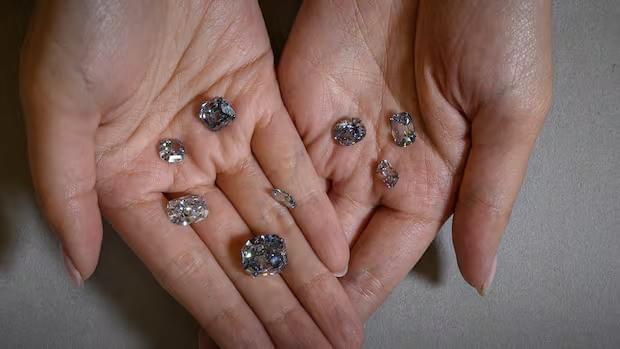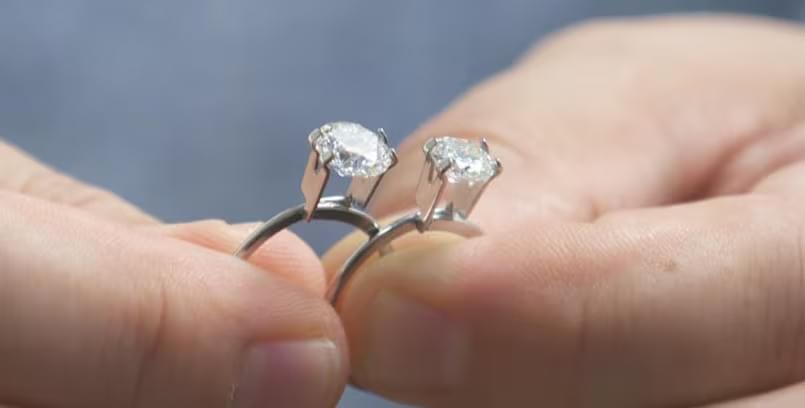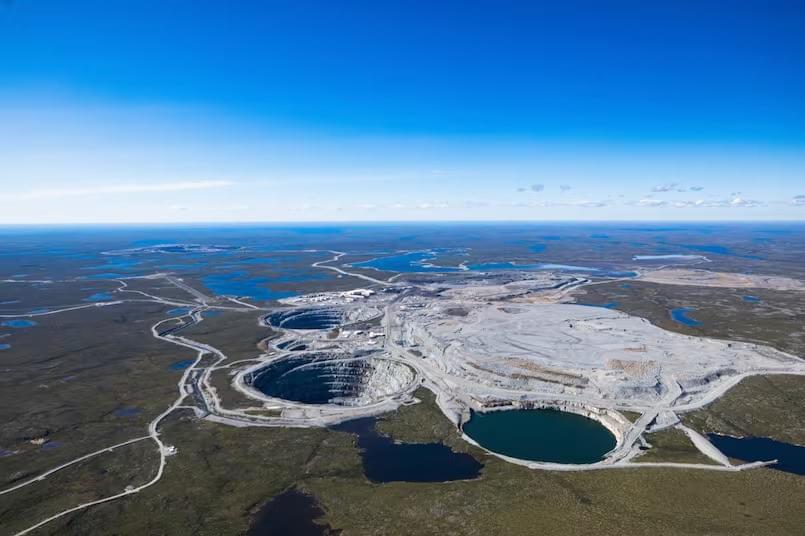
For decades, buying an engagement ring in Canada meant one thing: walking out of a jewelry store with a mined diamond. But fast-forward to 2025, and the sparkle story has flipped. Lab-grown diamonds are no longer the underdog—they’re the disruptors tearing down an industry that once employed thousands across Canada’s North.
Toronto jeweler Aret Oymakas of Livia Diamonds sums it up: “Natural diamonds used to be 100 percent of my business. Now they’re maybe 3 to 4 percent.” Translation? Couples aren’t chasing rocks from deep underground anymore—they’re after lab-grown diamond engagement rings that deliver the same brilliance without the bloated price tag or the baggage.
The Price Gap That Changed Everything
Let’s get straight to the numbers. A two-carat mined diamond can set you back $35,000. The same stone, but lab-created, costs closer to $3,500. That’s not just a discount—that’s an industry-wide earthquake.

With inflation biting into housing, weddings, and basically every part of young couples’ lives, it’s no wonder they’re buying bigger lab-grown stones for less.
Add to that the rise of customization—lab diamonds can be engineered with unique shapes and tones—and the old rules of “rare equals better” just don’t land with Gen Z.
Why Ethics Made Lab-Grown Diamonds Cool
The price point is killer, but ethics sealed the deal. After years of news around “blood diamonds,” consumers were ready for a transparent, conflict-free alternative. The lab-grown diamond market in Canada fits perfectly: traceable, sustainable, and guilt-free.
“The old campaign line—‘A diamond is forever’—doesn’t work on millennials,” says marketing professor Stefanie Beninger. “They want values they can stand behind.”
And they’re getting it. These days, lab-grown jewelry isn’t a compromise—it’s a flex. Sustainable diamonds represent environmental consciousness, social awareness, and a chance to actually live your values while still flashing serious carat weight.

Canada’s North Pays the Price
Here’s the hard truth: the rise of lab-grown diamonds is hitting Canada’s mining towns where it hurts.
Just last week, Burgundy Diamond Mines announced hundreds of layoffs at its Point Lake site in the Northwest Territories. Prices for mined stones have fallen 26 percent in just two years, according to Tenoris. With Diavik closing in 2026 and Gahcho Kué expected to wind down by 2031, Canada’s once-booming diamond sector is staring at a sunset.
“This could mean 1,500 direct jobs lost—and a massive ripple effect in Northern communities,” says University of Alberta geologist Graham Pearson. “It took billions to build this industry, and now it might be gone in less than 30 years.”

The Future of “Real” Luxury
Here’s the cultural shift nobody in 1998 (when Ekati, Canada’s first diamond mine, opened) saw coming: Gen Z doesn’t care if their diamond is natural or not.
To them, a diamond grown in a high-tech chamber is just as “real” as one forged deep underground. In fact, it’s cooler because it’s future-facing, customizable, and eco-friendly. As one jeweler put it: “It’s like ice from your freezer versus ice from outside in winter—same thing, different origin.”
So, what’s next? Natural diamonds will always have cultural weight, but the lab-grown diamond industry is building a parallel luxury universe—one that’s transparent, ethical, and exploding in popularity.
And if you’re wondering whether consumers see lab-grown as fake? The market share numbers—now over 20% globally—make the answer crystal clear.
